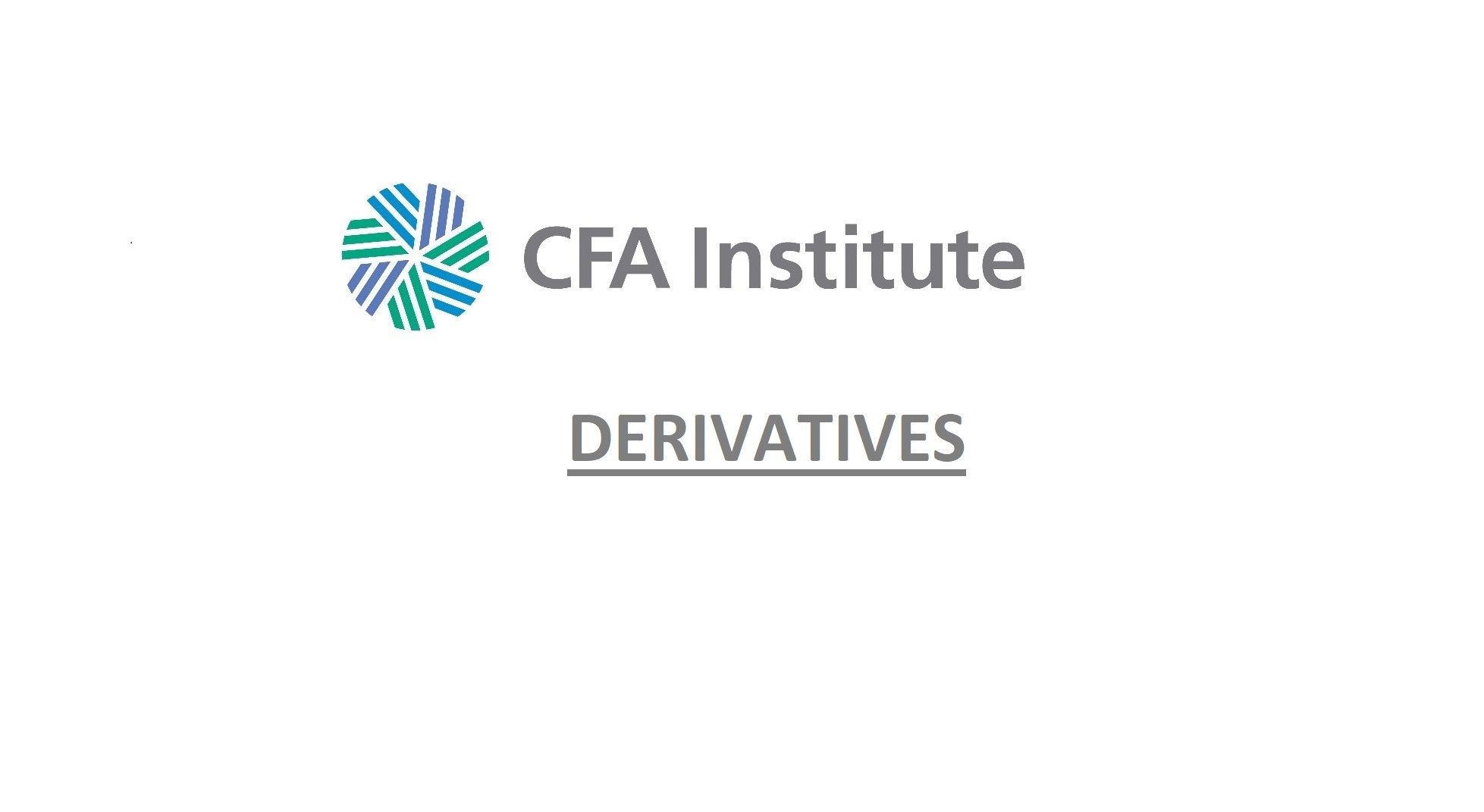Currency swaps, forwards, and futures can be used to effectively alter currency risk exposures. Currency risk is the risk that the value of a current or future asset (liability) in a foreign currency will decrease (increase) when converted into the domestic currency.
Currency Swaps
A currency swap is similar to an interest rate swap, but it is different in two ways:
- The interest rates are associated with different currencies.
- The notional principal amounts may or may not be exchanged at the beginning and end of the swap’s life.
In a currency swap, one party agrees to make periodic interest rate payments on a notional amount in one currency, while the other party agrees to make period interest payments on a notional amount in another currency.
Currency swaps help the parties in the swap to hedge against the risk of exchange rate fluctuations and to achieve better rate outcomes. It is predicated on the notion that firms looking for large amounts of foreign currency would be better off borrowing their domestic currency and exchanging those funds for foreign funds in a swap as opposed to directly borrowing the foreign currency in a foreign market.
The parties to a currency swap may exchange only interest payments, but they may also exchange the notional amounts of each currency at the beginning and the end of the swap. This second case is known as a cross-currency basis swap.
A common use of currency basis swaps by investors is in transactions meant to earn extra yield by investing in a foreign bond market and swapping the proceeds into the domestic currency. This occurs when there is high demand for the US currency. Given that the investment is hedged against the risk of exchange rate fluctuations, this corresponds to a synthetic domestic yield, but the repackaging allows the investor to earn a higher yield compared with the yield from direct purchase of the domestic asset, because of the level of the basis on the cross-currency swap.
In other words, when their is high demand for USD, US dealers will be able to charge a premium above the libor (reference rate) in exchange for USD.
Currency Forwards and Futures
Currency forwards and futures are actively used to manage currency risk. These two financial instruments are used to hedge against undesired moves in the exchange rate by buying or selling a specified amount of foreign currency, at a defined time in the future and at an agreed-on price at contract initiation. Futures contracts are standardized and best meet dealers’ and investors’ needs to manage their portfolios’ currency risk.+
The hedge ratio for futures can be calculated as:

